No products in the cart.
Hair Care Guide
What is Coily Hair – How To Style and Maintain It
Are you rocking tight ringlets or bouncy coil hair? People frequently mistake coily hair for curly hair but it actually features a unique zigzag pattern and full texture. What information do you need to understand about coily hair to maintain it correctly?
This guide will teach you about coily hair characteristics such as its springy coils and delicate texture. You’ll also learn how to style, manage, and accept your coily hair for a beautiful, healthy appearance. Let us change your look and enhance your inherent beauty!
What Is Coily Hair?
Coily hair, often referred to as type 4 hair, is known for its tight curls, dense texture, and remarkable versatility. Unlike wavy or curly hair, coily strands form small, spring-like coils that grow upward and outward, giving it a unique shape and volume. To properly care for this beautiful hair type, it’s important to first understand what coily hair is and what makes it so special.
Coily hair, classified as Type 4, is characterized by its amazing volume and texture. Coily hair features dense curls that start at the scalp forming tight spirals or distinct zigzag shapes. Coily hair stands apart because it forms intricate curls that are tightly packed together unlike the gentle ‘S’ shapes of wavy hair and the loose ringlets of curly hair.
Let the scalp’s natural oils spread down the hair shaft. This signifies that coily hair demands extra hydration. However, this hair type is more prone to dryness since its tightly coiled form makes it harder to maintain health and vibrancy.
Top 3 Hair coily types popular
The three major subtypes of coily hair include 4A, 4B, and 4C. Every subtype presents a unique combination of curl pattern and texture along with specific maintenance requirements. Let’s look at each category to help you better understand your coily hair!
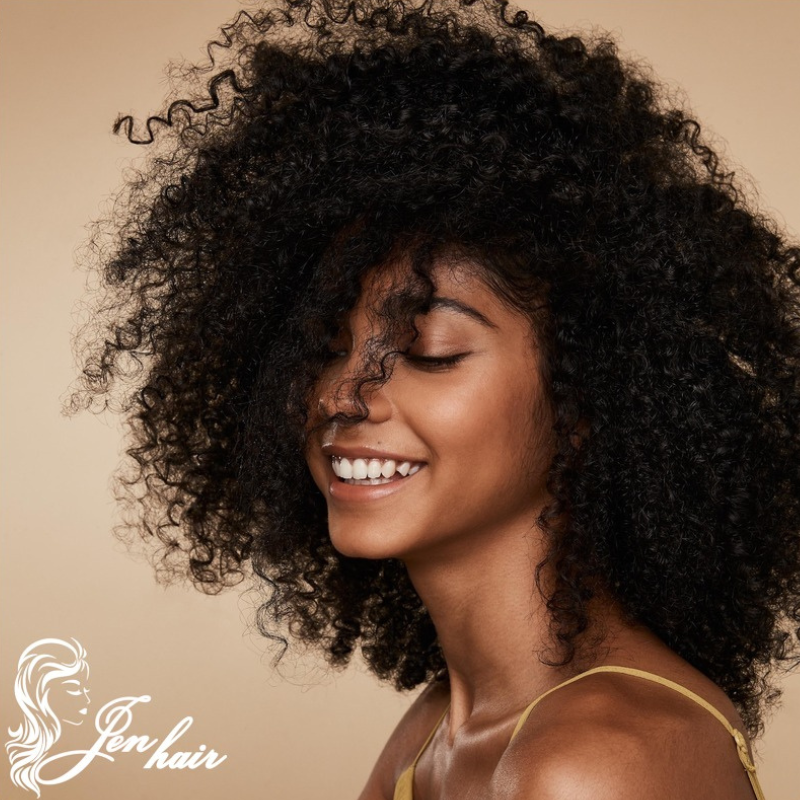
4A Hair Type
Type 4A hair consists of well-defined, springy coils that form a characteristic “S” shape from root to tip. These curls are usually tight, around the size of a crochet needle, and have a silky, fine texture. While 4A hair is more defined than other coily types, it still requires a lot of moisture to keep its elasticity and avoid frizz.
4B Hair Type
Type 4B hair features a more angular “Z” shape, with curls that bend at sharp angles rather than forming smooth spirals. The curl pattern appears less defined compared to 4A while the strands remain tightly bundled together and exhibit a rougher texture. This hair type requires regular deep conditioning treatments and gentle handling because it easily becomes dry and loses strength.
4C Hair Type
With a closely packed curl pattern that can vary from zigzag patterns to tiny, nearly undetectable coils, 4C hair is the most sensitive of the coily hair types. It is renowned for both its tough, dense texture and its amazing shrinkage, which can occasionally reach 75% of its actual length. Due to its fragility, 4C hair requires regular moisture, protective styling, and little manipulation in order to stay long and avoid breaking.
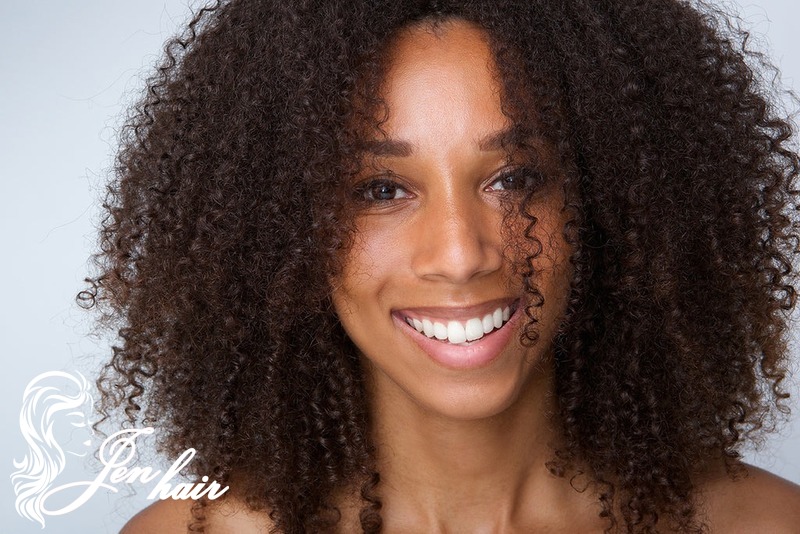
How to Style Coily Hair
If you’re looking to embrace your beautiful curls, there are countless fantastic ways to style them. Check out Jenhair’s top suggestions:
How to Style Coily Hair Women
Styling coily hair can be fun and empowering with the right techniques. Here are some tips to help women embrace and enhance their natural coils.
Protective Styles
Bantu knots and twisted braids provide both a trendy appearance and practical benefits while keeping hair moisturized and protected against split ends to support healthy development. These styles are ideal for hands free as well as everyday use.
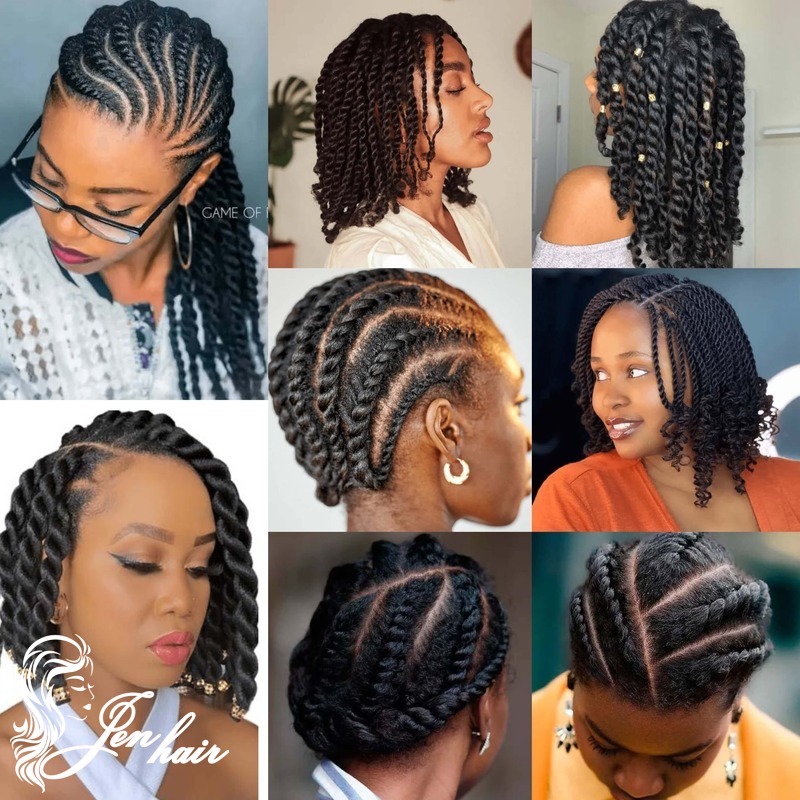
Wash-and-Go
This well-liked coily hair treatment highlights your hair’s inherent curl pattern. Use a hydrating leave-in conditioner first, then a cream or gel that defines curls. To create volume, apply a diffuser or let your hair air dry. Soft, bouncy coils that last all day will be the final result.
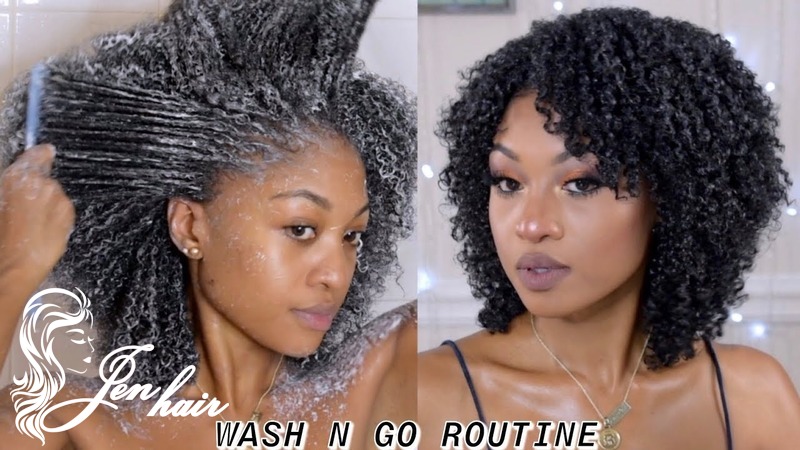
Pineapple Technique
The pineapple occurs when all of your hair is gathered at the top of your head and secured with a big headband or pins. For a playful style, wrap a scarf around the outside of your head. Silk scarves are the best since they reduce damage and friction. It can also be used as a hair wrap at night. You can wear a visor cap or a cap designed especially for curly hair if you don’t feel comfortable wearing a headscarf.
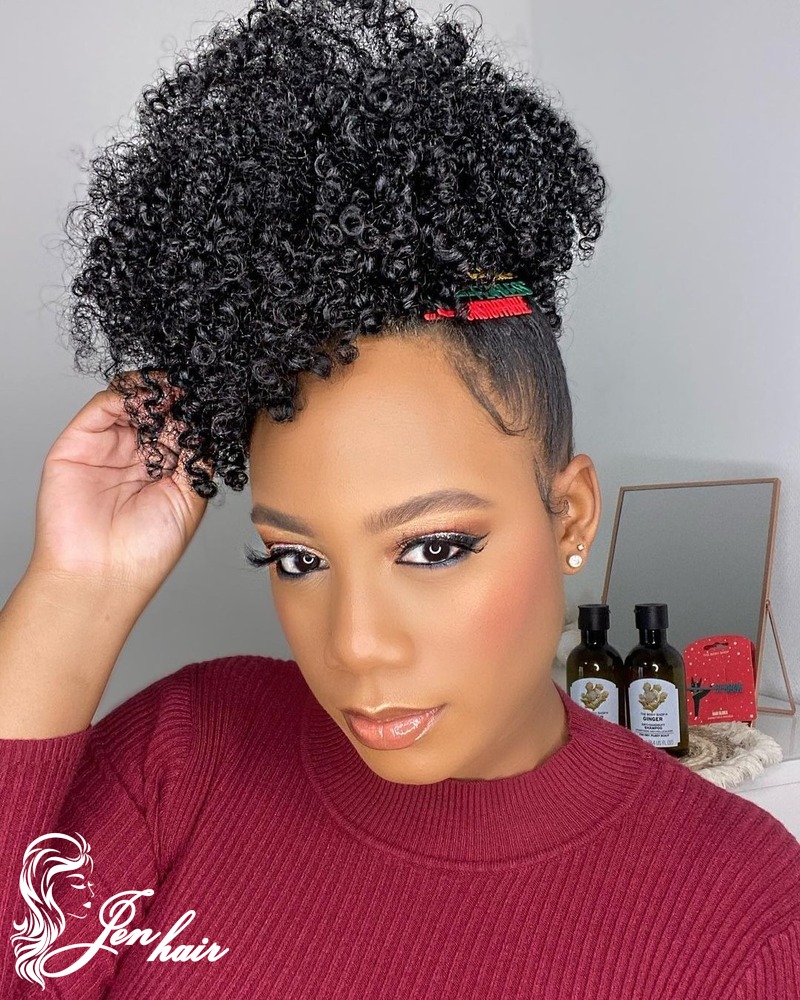
How To Style Curly Hair After Shower
One of the greatest ways to get defined, healthy curls is to style coily hair immediately after taking a shower. Setting the scene is ideal when your hair is just washed since it is at its most moisturized and manageable.
Gentle Drying
Dodge employing a scratchy towel to dry your hair since this might cause frizz and breakage. Instep, tenderly press out the additional water employing a soft cotton T-shirt or a microfiber towel. To help protect the characteristic shape and smooth appearance of your twists, begin at the roots and work your way down to the closes.
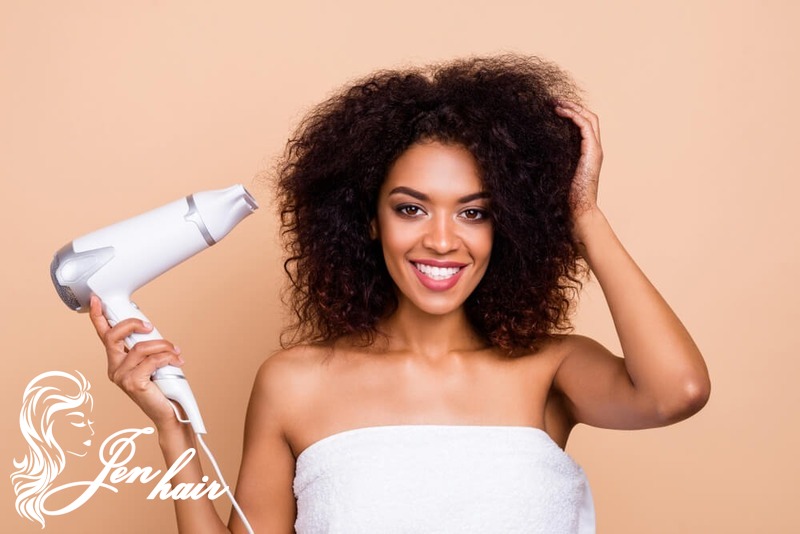
Detangle with care
To anticipate unnecessary harm, continuously detangle your hair whereas it is still moist. Start at the closes and work your way up, employing a wide-tooth comb or your fingertips. A better than average detangling splash or leave-in conditioner can make the method much less demanding whereas moreover avoiding hitches from shaping.
Apply moisturizer
Coily hair thrives on wetness, so do not neglect this step! After detangling, apply a substantial amount of leave-in conditioner or curl cream, paying special attention to the ends, which are typically the driest. Use your fingers or a curl-friendly brush to evenly spread the product, leaving your hair smooth, hydrated, and defined.
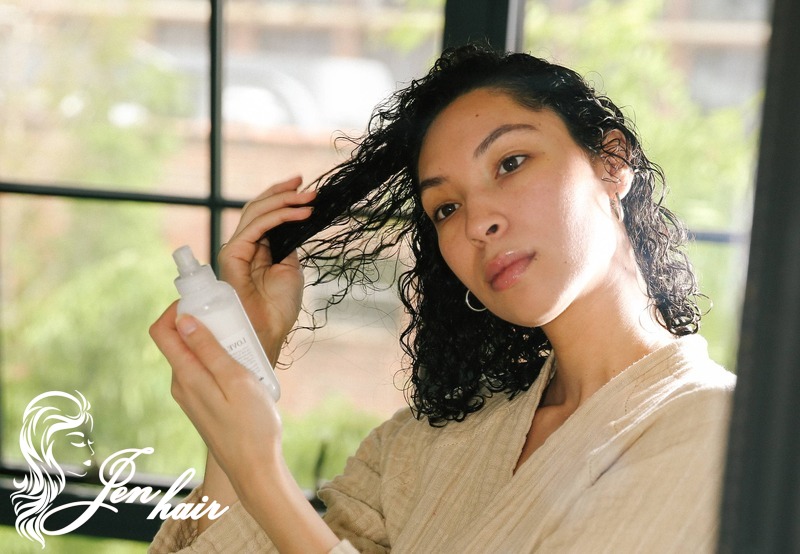
Define your curls
The shingling approach is ideal for creating distinct coils. Take small sections of hair and apply curl-defining lotion or gel from root to tip. Smooth and shape each curl with your fingers, making them more defined. This approach results in soft, bouncy, frizz-free curls that last all day.
Air Dry or Diffuse
Letting your hair air dry is the gentlest option and helps maintain your curl pattern. But if you’re in a hurry, grab a diffuser! Set it to low heat and low speed to add volume and bounce without disturbing your coils.
How To Style Curly Hair Without Products
Want to embrace your natural curls without relying on styling products? With the right techniques, you can define and manage curly hair effortlessly—no gels or creams needed.
Finger Coiling
One of the simplest tricks is finger coiling. Immediately after washing your hair, while it is still moist, wrap little sections around your finger. This shapes and defines your curls, resulting in a more structured look as they air dry. It’s an excellent technique to highlight your natural pattern without using gel or mousse.
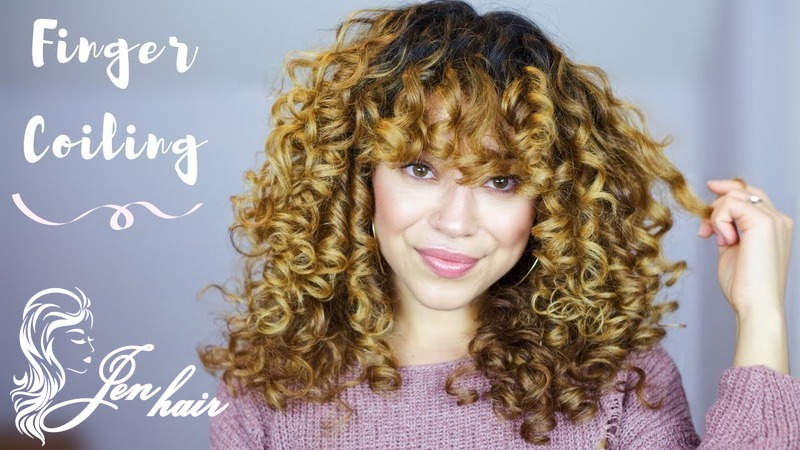
Plopping
Plopping is another essential technique. To avoid frizz, dry your hair with a microfiber towel or a cotton T-shirt rather than a traditional towel. Lay it flat, then flip your wet hair into it. Gently wrap it up and leave it for 20 to 30 minutes to sit. This method helps your hair dry in its natural shape, minimizes frizz, and promotes the production of hair curls.
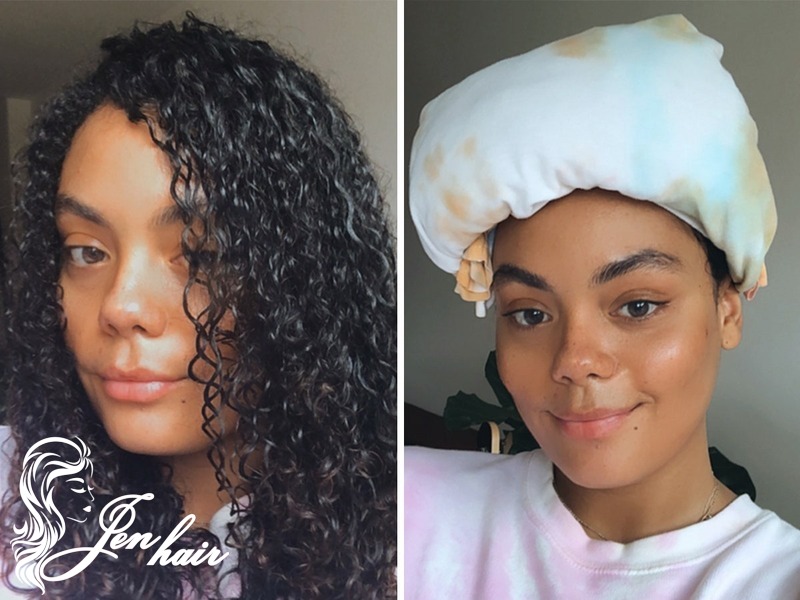
Overnight Styling
Try overnight style if you want easy curls without using any cosmetics. Twist or braid your wet hair into pieces before going to bed. Untangle the braids or twists to expose gentle, organic curls or waves as you awaken. For anyone who prefers a low-maintenance, product-free look that lasts all day, this method is fantastic.
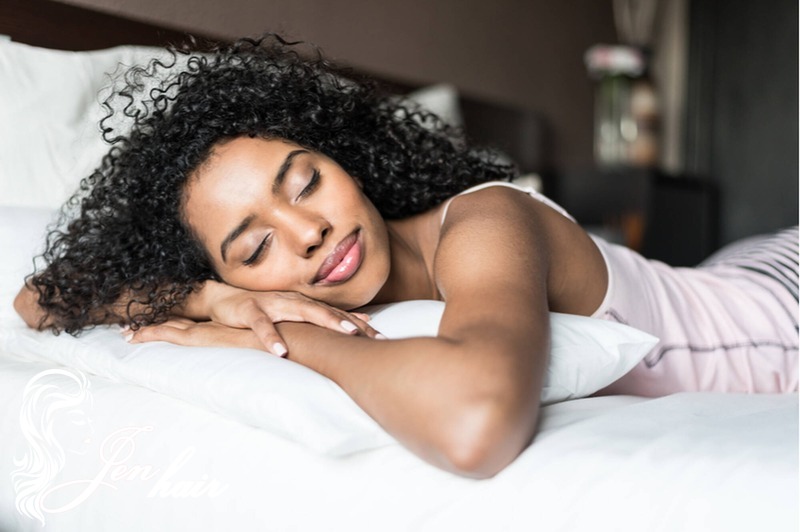
How to Maintain Coily Hair Naturally at Home
Coily hair is unique and requires extra attention! Coily hair is special and requires a little more care! Its tight curls make it difficult for your scalp’s natural oils to reach the ends, which can create dryness. But don’t fear, you can maintain the softness, health, and vibrancy of your hair with the correct maintenance. You can take care of your coily hair at home with these simple yet efficient tips.
How To Maintain Coily Hair While Sleeping
The pineapple method is the finest way to protect your hair while sleeping. Gently pull your hair into a high ponytail with a soft, satin scrunchie. This prevents your curls from becoming flattened as you sleep.
Let’s replace your sleeping pillow or wear a silk scarf to bed. It will cut down on friction, and your hair will remain silky and untangled during the night. Also, it will retain humidity, not letting your hair be completely dry. Make this your habit, and you’ll peacefully sleep without worries.
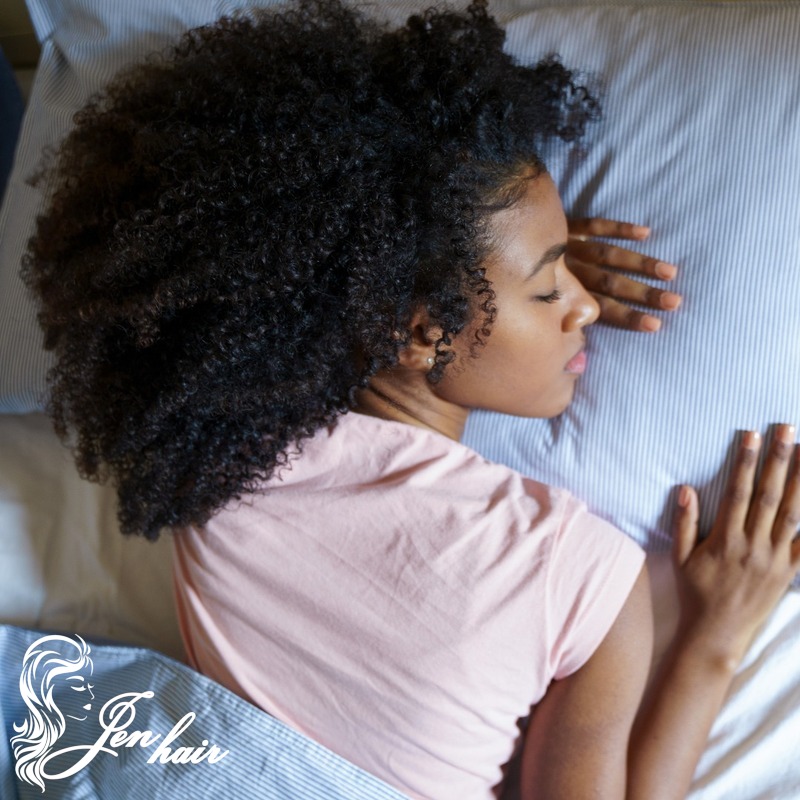
How To Maintain Coily Hair Longer
Three key components are necessary to keep coily hair appearing new for days without frequent restyling: hydration, little manipulation, and the proper regimen.Make remaining hydrated to begin with concern in the event that you need to keep your twists solid and characterized for longer. Standard utilization of a leave-in conditioner and profound conditioning will keep your hair smooth and moisturized, anticipating dryness.
The LOC (Liquid, Oil, Cream) or LCO (Liquid, Cream, Oil) strategy is one of the finest ways to seal in dampness. Begin by moisturizing your hair with a water-based leave-in conditioner. Take after up with a layer of thick cream or butter to include extra dampness. Seal everything in with a sealing oil. Test out both methods and see what works best for your hair!
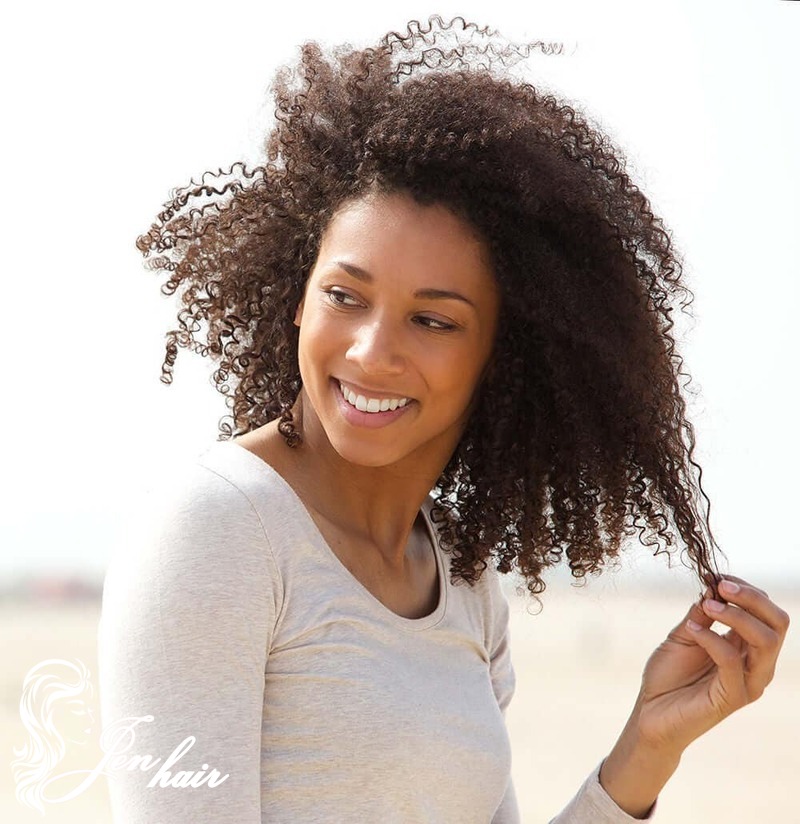
Protective styles such as buns, twists, and braids are ideal for preventing the necessity of styling your hair every day, which leads to breaking over a period of time. In case you prefer wearing your hair loose, re-refresh your curls every morning using a light curl mist or a simple water and conditioner combination.
Another important tip? Don’t overwash your hair. Shampooing too often will remove natural oils and cause your curls to become dry and unruly. Co-wash (conditioner wash) on shampoo days in between to clean and condition your hair.
Caring for your hair properly will help your styles go longer, your hair will remain moisturized, and you’ll be spending less time doing it up and more time showing off your gorgeous coils!
How To Maintain Curly Hair In Winter
Layer Up with Oils
Your coily hair may become dry and vulnerable due to the harsh winter weather. But oils can assist, so don’t worry! After applying your leave-in conditioner, seal in the moisture with a coat of hydrating oil such as castor, jojoba, or argan oil. These oils act as a sealant, leaving your curls healthy and lustrous. Your coils will keep your hair silky, lustrous, and healthy even in cold weather since they prevent moisture loss to dry air.
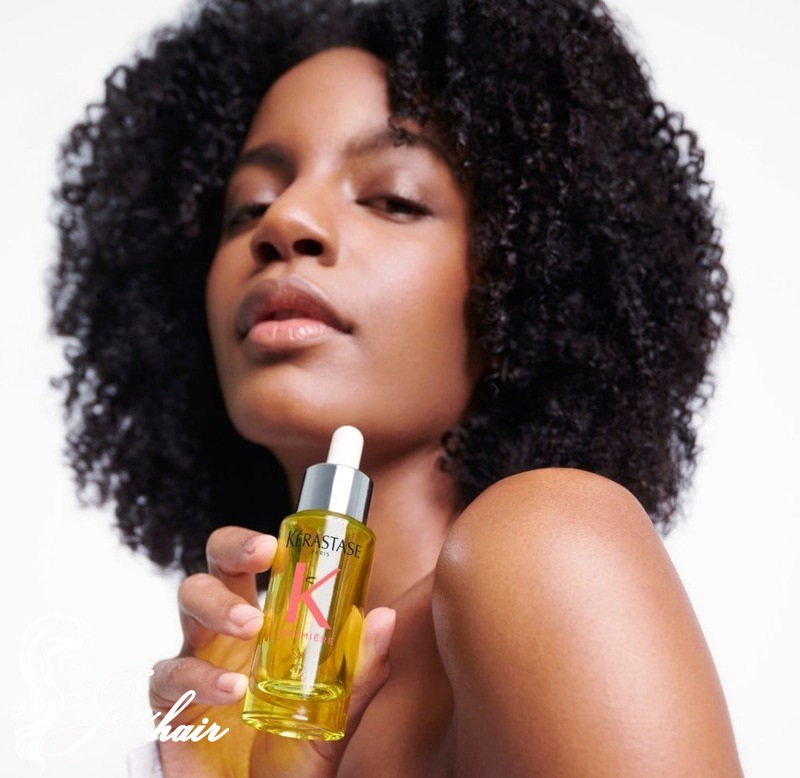
Keep Your Hair Safe From The Cold
While you have to wear a hat the whole winter, all hats are not created equal for protecting your coily hair. While wool and cotton hats will certainly keep you warm, they also frizz, which causes frizz or breakage. Look for a hat with a satin or silk lining that gives your hair a smooth surface on which to safeguard your curls. Better still, before you put on your winter clothing, tie a satin scarf around your hair. This keeps your curls protected from the outdoors and helps preserve their integrity by producing a silky, non-slip shield.
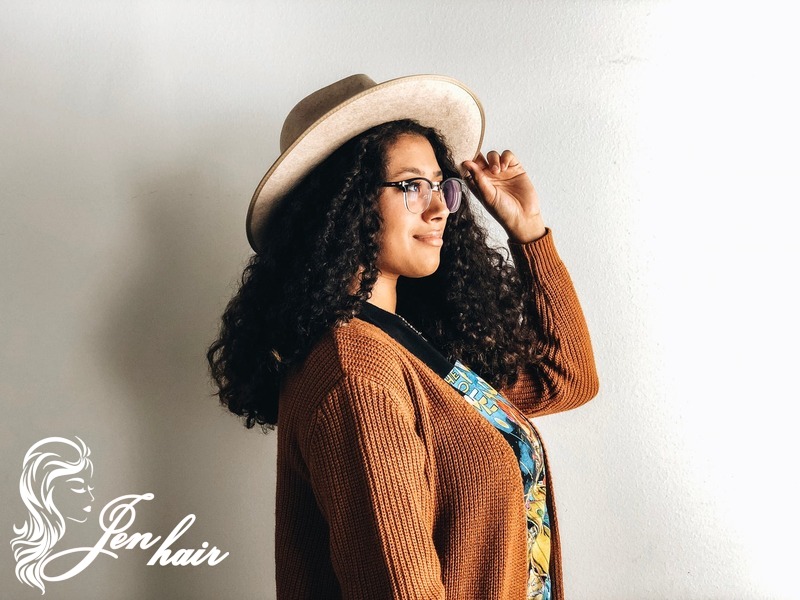
Common Mistakes to Avoid with Coily Hair
Although having coily hair is advantageous, it also presents a special set of difficulties. Common errors made by many people with coily hair can result in dryness, breakage, and a lifeless look. We demonstrate how to steer clear of some of the most frequent mistakes.
Using the Wrong Products
Using products not made for coily hair is also among the most popular mistakes. Your curls will not benefit from the majority of shampoos and conditioners created for straight or wavy hair. For products you choose to lock moisture and definition in your curls, look for those made specifically for curly or coily hair. Avoid products with sulfates and drying alcohols as they are going to steal the natural oil from your hair, thus drying it and turning it into brittleness.
Overwashing
Coily hair is naturally drier than straight hair because natural oils have a harder time going down the strands. Over-washing textured hair will strip away the natural oils that hair needs in order to stay healthy and full of life. Recommend washing curly hair at most 2-3 times a week using sulfate-free shampoos designed for curls because they are mild enough to get clean without stripping essential moisture. Sulfates will strip natural oils, which will cause dryness and frizz.
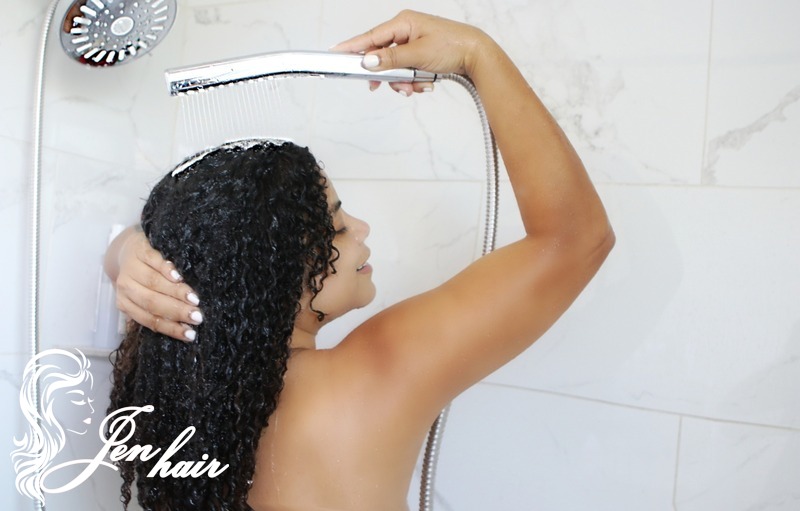
Skipping Conditioner
Encourage the application of moisturizing conditioners, which are formulated for curly hair. Stress conditioning because it brings moisture, nutrition, and protection to curly hair. Opt for conditioners with coconut oil, shea butter, and aloe vera since they are good for healthy curls.
If your curls are laid flat on top, experiment with rinsing them upside down before employing the pineapple method at night. Rinsing your hair with your head back might flatten your curls, reducing volume and definition.
Ignoring Weather Conditions
Adapt your hair care routine to the weather to maintain the greatest possible appearance for your hair. In order to seal in moisture throughout the winter, use thicker creams and oils; in the summer, lighter treatments will assist control frizz without making your hair feel heavy. Additionally, remember to wear sunscreen because, if you’re not careful, those UV rays might dry up your curls.
Using Heat Without Protection
If you do have to use straighteners regularly, use the lowest possible heat setting, and give your hair a deep repair mask to restock protein and lock in moisture. Blow-drying your hair straight every day will also wreak havoc on your curl pattern in the long term, so if you must blow-dry, use a diffuser on a low to medium heat. And don’t forget to use a heat protectant spray to prevent damage to your hair from heat!
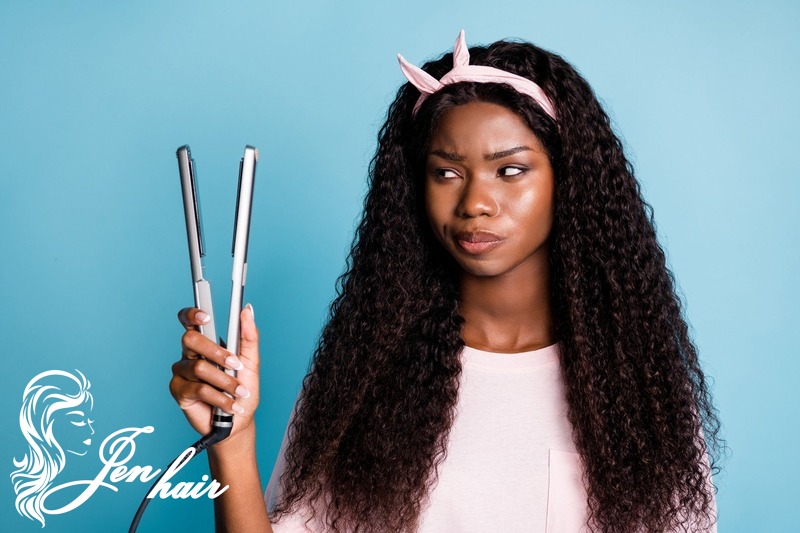
Conclusion
To wrap it up, coily hair is simply such a unique and beautiful texture that can be quite versatile if you care for it properly. Jen Hair reminds you that everything is about getting the right amount of moisture and definition into your curls so that they can look their best and bounce with health. With the right product, protective styles, and avoiding harsh treatments, you can maintain your coily hair looking vibrant, soft, and manageable.
If you like coily hair or any other type of curls, visit our website to shop and buy 100% human hair, each piece being handmade with care and precision, all at affordable prices.
What is 4C hair? Is 4C hair high maintenance? How to Recognize
How to choose the perfect kinky hair extensions for your
What Is Coarse Hair? How to make coarse hair soft and silky?
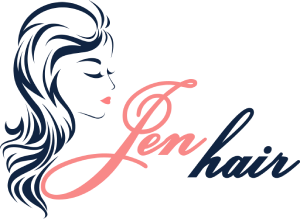
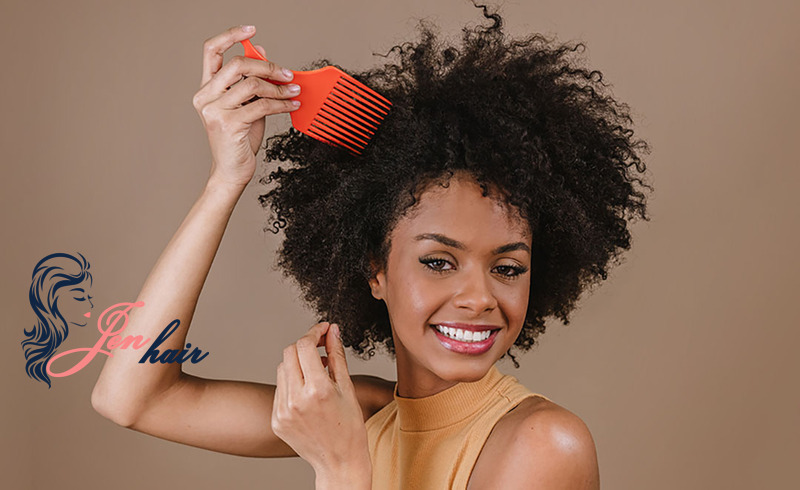 Guide Cornrows With Side Part The Best For Beginner
Guide Cornrows With Side Part The Best For Beginner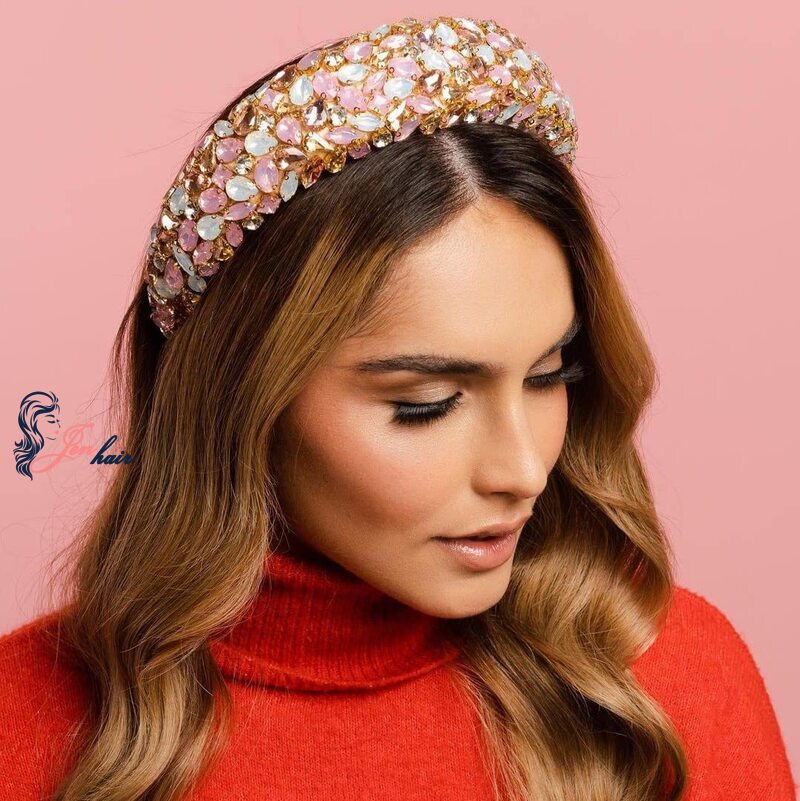 Ultimate Guide: Headband with Hair Attached (Best Styles for 2025)
Ultimate Guide: Headband with Hair Attached (Best Styles for 2025)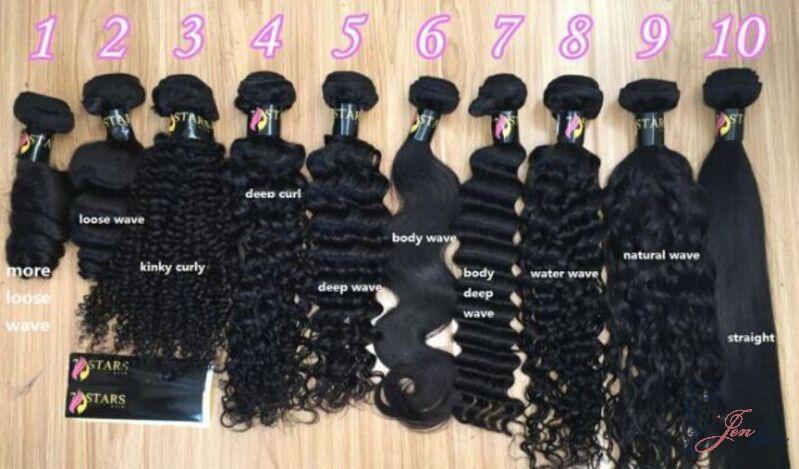 Top 7 Premium Human Hair Clip In Extensions For Black Hair
Top 7 Premium Human Hair Clip In Extensions For Black Hair
